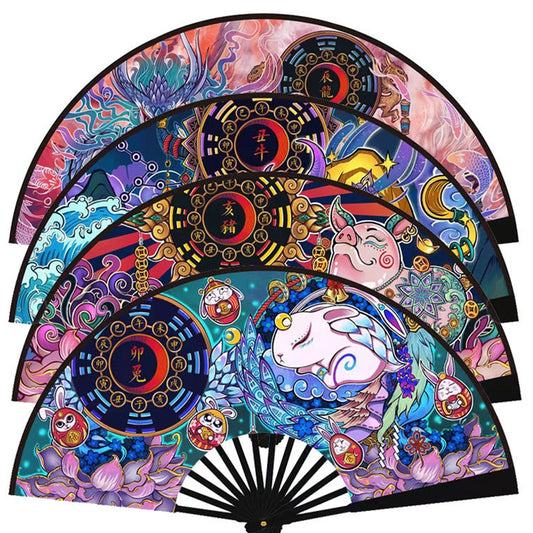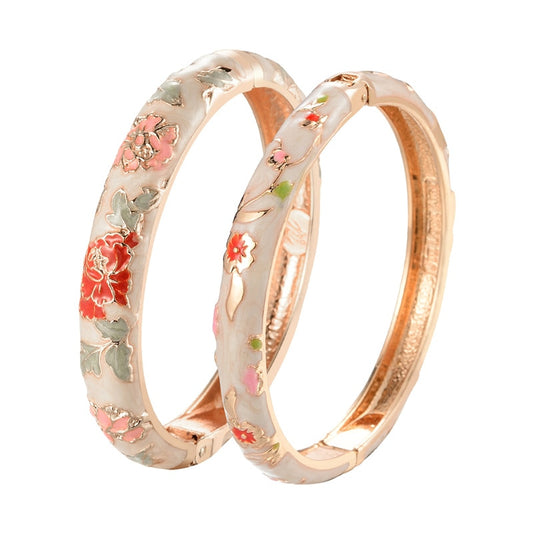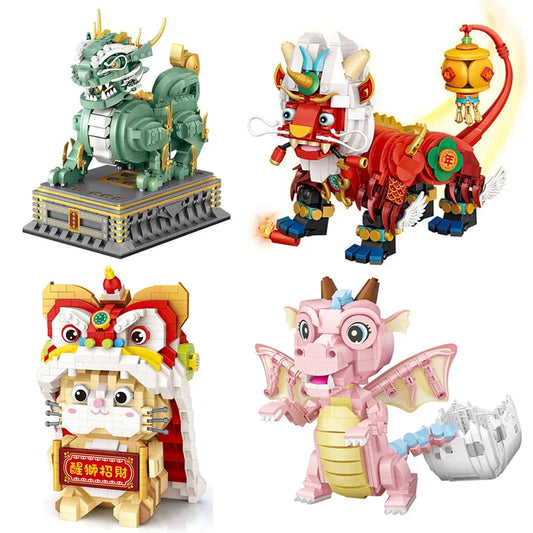China is home to some of the most awe-inspiring temples in the world. These sacred sites aren’t just for monks in flowing robes or tourists snapping selfies—they’re living testaments to thousands of years of culture, faith, and artistry. From mountaintop marvels to hidden city gems, each temple has its own story to tell (and usually a pretty good view too). So, whether you’re planning your next trip or just want to impress friends with your cultural knowledge, here’s a tour through the Top 10 Chinese Temples you really should know about.
Shaolin Temple (Henan Province)

If you’ve ever seen a kung fu movie, chances are you’ve already had a glimpse of Shaolin Temple. This legendary temple is the birthplace of Chinese martial arts and has become a symbol of discipline, strength, and that unbelievably high kick you wish you could pull off.
Nestled in the Song Mountains, the temple was originally founded in the 5th century and is still a major pilgrimage spot for both monks and martial arts enthusiasts. Aside from its martial fame, the temple is also a hub of Chan (Zen) Buddhism, making it a double cultural powerhouse.
The Temple of Heaven (Beijing)

The Temple of Heaven isn’t your average neighborhood temple. Built during the Ming Dynasty, it was where emperors went to pray for good harvests—because let’s face it, in pre-supermarket days, a bad harvest was no joke. The circular Hall of Prayer for Good Harvests, with its iconic blue roof, is an architectural masterpiece that looks like it was designed for Instagram centuries before Instagram was a thing.
Today, it’s a UNESCO World Heritage site and doubles as a park where locals practice tai chi, fly kites, or gossip—very heavenly indeed.
Jokhang Temple (Lhasa, Tibet)

While technically in Tibet, Jokhang Temple is one of the most spiritually important places in all of China. Built in the 7th century, it houses one of the most venerated Buddha statues in the world and is the beating heart of Tibetan Buddhism. Pilgrims travel thousands of miles—sometimes on foot, bowing with each step—to reach this site.
The golden roof glistens under the Himalayan sun, and the temple itself is a kaleidoscope of faith, history, and devotion. It’s not just a temple, it’s a spiritual journey made of stone, prayer wheels, and butter lamps.
Lama Temple (Beijing)

Also known as Yonghe Temple, this is one of the largest Tibetan Buddhist temples outside of Tibet itself. Built in the 17th century, it was once an imperial palace before being converted into a temple.
Today, it’s famous for its 26-meter-high Maitreya Buddha statue carved from a single piece of sandalwood (yes, one single tree). The Lama Temple is a blend of Han Chinese and Tibetan styles, creating an atmosphere that’s both grand and deeply serene. Plus, it smells amazing thanks to the constant stream of incense.
White Horse Temple (Luoyang, Henan)

Considered the first official Buddhist temple in China, White Horse Temple dates back to 68 CE. Legend has it that two monks from India carried Buddhist scriptures to China on—guess what—a white horse.
That noble steed is immortalized in statues at the temple. With its ancient halls and peaceful courtyards, this temple is a gentle reminder of how Buddhism first entered China. It’s like the opening chapter of a very long and fascinating book.
Nanputuo Temple (Xiamen, Fujian)

Nestled at the base of Wulao Mountain and facing the sea, Nanputuo Temple is as scenic as they come. It’s been rebuilt and renovated many times since the Tang Dynasty, but today it’s a lively temple surrounded by lotus ponds, gardens, and a steady stream of students from nearby Xiamen University.
The temple is dedicated to Guanyin, the Goddess of Mercy, and offers a rare blend of spirituality and seaside vibes. It’s the kind of place where you can find both inner peace and a great photo angle.
Lingyin Temple (Hangzhou, Zhejiang)

Lingyin Temple, literally “Temple of the Soul’s Retreat,” is tucked into the forested hills of Hangzhou. Founded in the 4th century, it’s one of the largest and wealthiest temples in China. The temple complex includes numerous halls, pagodas, and over 300 stone carvings of Buddhist figures etched into the cliffs nearby.
With the mist of West Lake often drifting into the area, it feels like you’ve walked into an ancient scroll painting. If inner peace had a zip code, it would probably be here.
Nanshan Temple (Sanya, Hainan)

If tropical beaches and Buddhist temples sound like an odd mix, Nanshan Temple in Sanya is here to prove you wrong. Completed in 1998, it’s relatively modern but makes a big impression—mainly thanks to its 108-meter-high Guanyin statue towering over the South China Sea.
This temple was built to celebrate 2,000 years of Buddhism in China, and today it’s a favorite destination for both spiritual seekers and vacationers who like their meditation with a side of sun and sand.
Hanging Temple (Datong, Shanxi)

Perched dramatically on the side of a cliff, the Hanging Temple (Xuankong Si) is one of the most jaw-dropping temples in China. Built over 1,500 years ago, it clings to the rock face with wooden beams and sheer determination.
Dedicated to Buddhism, Taoism, and Confucianism, it’s one of the rare places where the three great traditions meet. Visiting can be a bit of a heart-racing experience, but the view (and bragging rights) are worth it.
Wutai Mountain Temples (Shanxi Province)

Technically not one temple but a whole range of them, Wutai Mountain is one of the Four Sacred Buddhist Mountains of China. Scattered across its peaks and valleys are dozens of temples, monasteries, and pagodas, making it a pilgrimage hotspot.
The mountain itself is stunning, with rolling green hills and crisp air that feels almost otherworldly. Walking here is like stepping into a living spiritual museum—except the monks aren’t exhibits, they’re very real and very welcoming.
Final Thoughts
China’s temples are more than stone and wood—they’re windows into centuries of devotion, artistry, and community. From the martial might of Shaolin to the serene carvings of Lingyin, each temple offers a different way to connect with history and spirituality.
And yes, they also double as some of the most photogenic spots you’ll ever see.
So, next time someone mentions temples in China, you’ll have more than enough to impress them with. Or better yet, pack your bags and go see for yourself.









